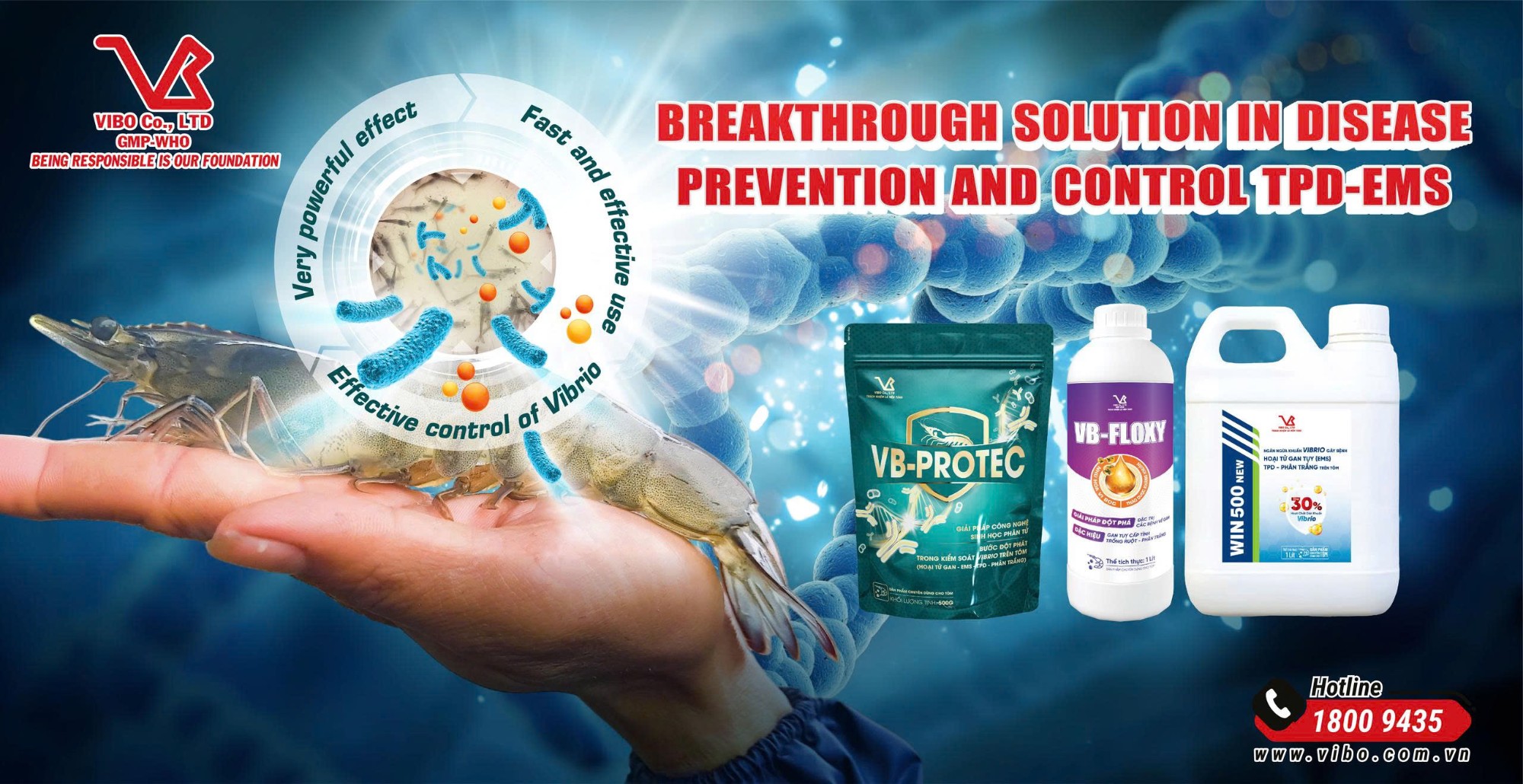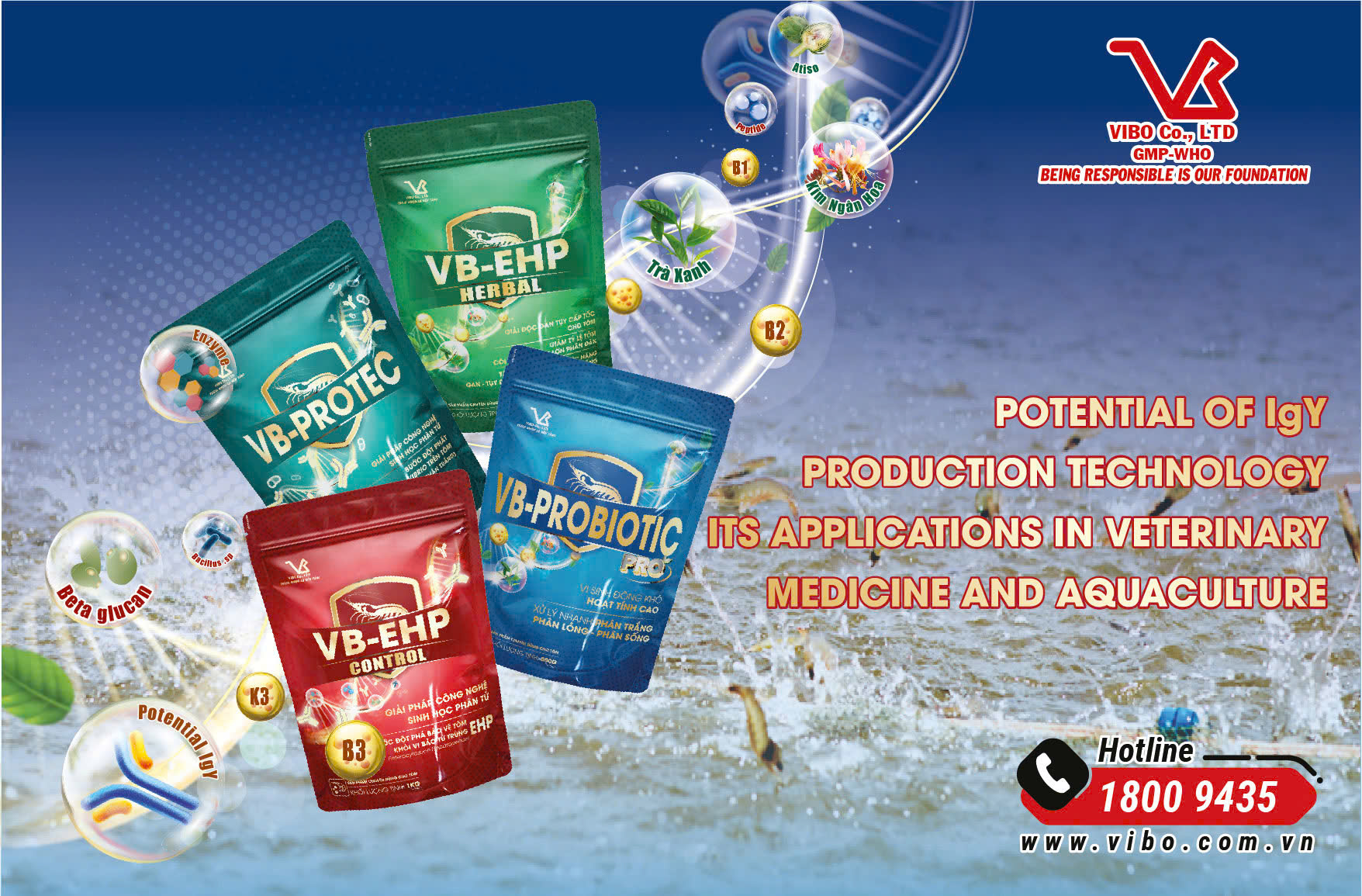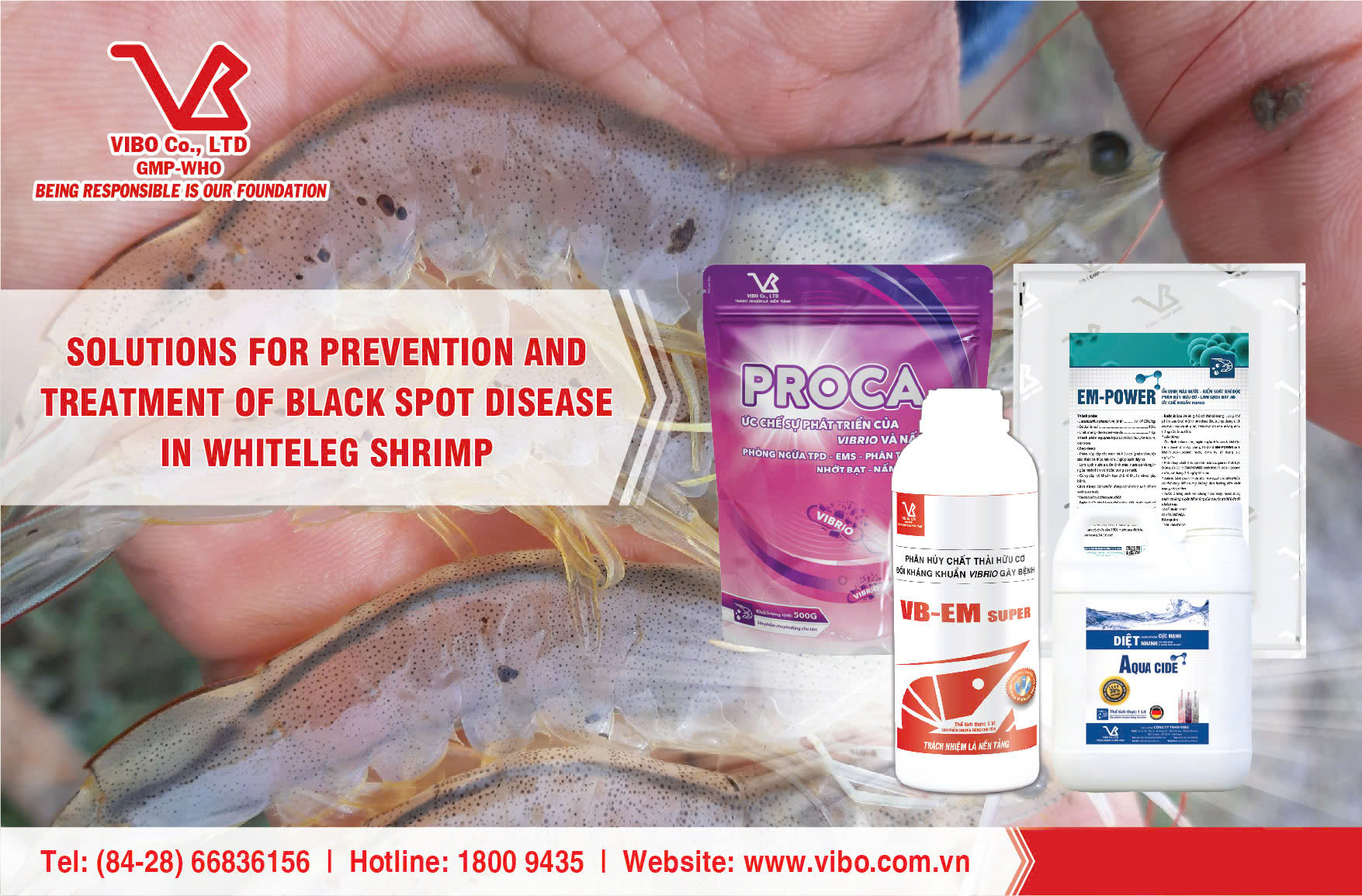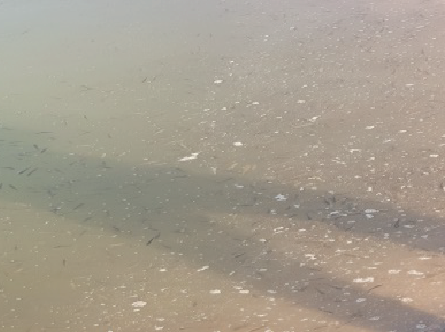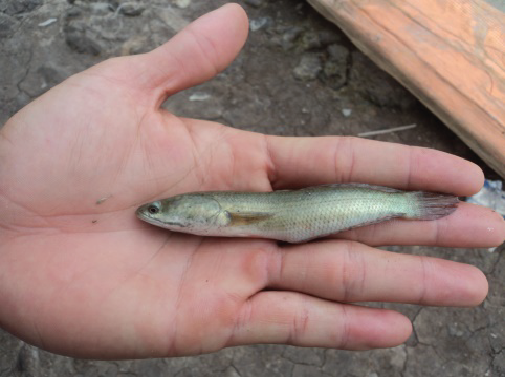- Address: Lot No. 20, Zone G, D1 Street, An Ha Industrial Park, Tan Vinh Loc Commune, Ho Chi Minh City
- Phone: (84-28) 668.36156 / 668.36158
- Hotline: 1800.9435
- Fax: (84-28) 3620.4694
- Email: vibo@vibo.com.vn
- Website https://vibo.com.vn/
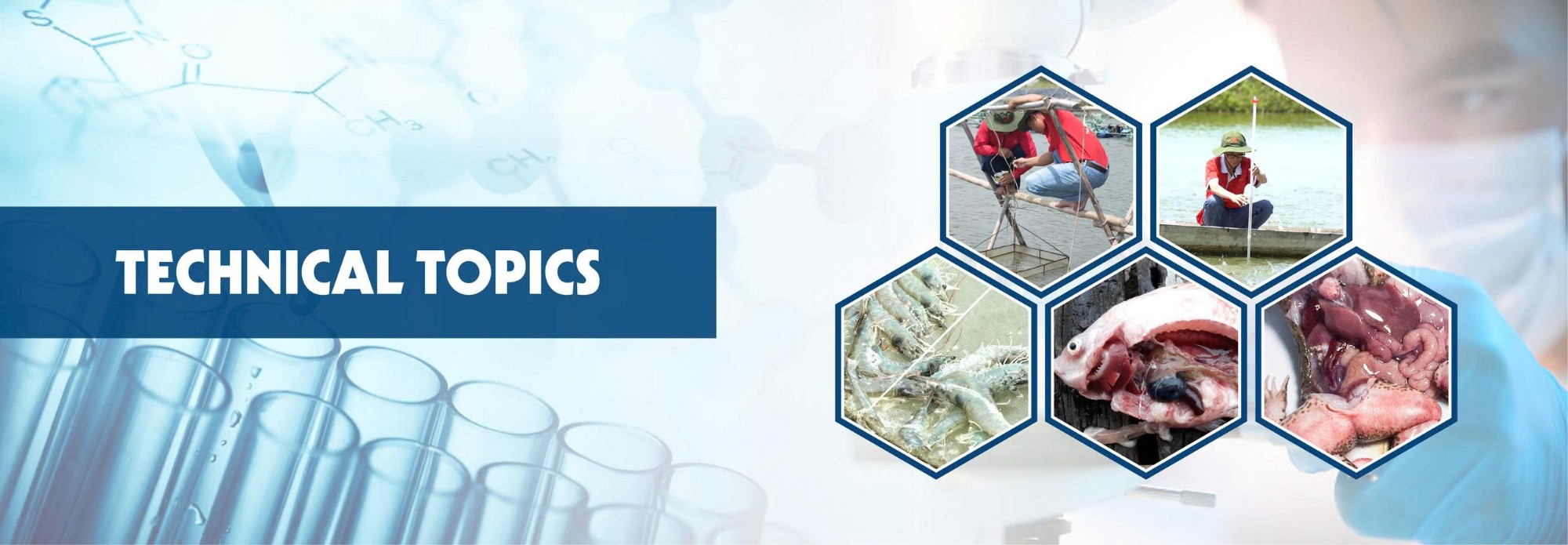
SOLUTIONS FOR PREVENTION AND TREATMENT OF BLACK SPOT DISEASE IN WHITELEG SHRIMP
I. CAUSATIVE AGENTS
1. Primary causative factors of Black Spot Disease:
-
Common during rainy months or in culture areas with low salinity.
-
Elevated Vibrio levels (>10² CFU/mL) combined with fungal presence.
-
Low alkalinity and unstable pH in the pond environment.
-
Prolonged molting cycle: delayed molting and slow shell hardening.
2. Opportunistic factors accelerating disease outbreaks:
-
Older ponds with long-term culture history, mineral-deficient bottom soil, or unbalanced mineral supplementation.
-
Elevated toxic gases (NH₃/NO₂⁻) impair mineral absorption; dirty pond bottom with high organic loads.
-
High-density ponds with turbid water leading to low pH; shrimp compete aggressively for feed, causing abrasions and increasing pathogen entry risks.
II. CLINICAL SIGNS & SEASONAL PATTERNS
1. Clinical signs
a. Incubation phase:
Poor mineral absorption. Black spots have not yet appeared. Shrimp show thin or soft shells, delayed molting, slow shell hardening, weak feeding response, some shrimp congregate near pond edges or swim sluggishly. Most affected shrimp are pre-molt (soft-shell shrimp) or recently molted shrimp that have not hardened yet (Figures 1, 2, 3).

b. Early infection phase:
Fungi and bacteria begin to invade. Affected areas show a yellowish discoloration, decreased mucus coating (reduced cuticle slime), commonly at the tail ridge, cephalothorax edges, and lateral surfaces. Shrimp exhibit weak feeding, difficult molting, and may experience scattered mortality after water exchange (Figures 4, 5, 6).

c. Acute outbreak phase:
Pathogens cause severe damage. Fungi proliferate rapidly; combined with pond bacteria, they erode the chitin exoskeleton, forming numerous tiny dark spots across the shrimp body. In severe cases, ulcerative lesions penetrate deeply, causing molt failure, anorexia, sluggish swimming, weakened hepatopancreas and gut. Heavily infected shrimp lose nearly all body mucus, appear thin, and experience mass molt mortality. Treatment effectiveness is extremely low at this stage (Figures 7, 8, 9, 10).

2. Seasonal occurrence:
-
Occurs year-round, but most common during the rainy season (Lunar months 6–9) or in low-salinity areas (<10‰).
-
Appears mainly when shrimp reach ≥35 days of age, during rapid growth phases requiring high mineral absorption to support continuous molting.
III. PREVENTION & TREATMENT MEASURES
1. Preventive solutions
-
Pond preparation before stocking: Thoroughly remove bottom sludge and disinfect fungi and bacteria using AQUA CIDE at 1L/500–1,000 m³.
-
Maintain alkalinity above 120 mg/L throughout the culture period. Regularly supplement BIO POND 02 at 2–3 kg/1,000 m³ every 2–3 days to stabilize alkalinity and buffer capacity.
-
Control feeding to avoid excess feed; maintain dissolved oxygen >4 mg/L to support easy molting.
-
Check bacterial density weekly; maintain Vibrio levels below harmful thresholds.
-
Prepare a settling reservoir to supply pre-treated water when needed.
-
Manage water quality with probiotics: regularly use the 3-product microbial package VB-EM super, PROCA 2x, and SUPER BACILLUS BT during the entire crop cycle.
-
Supplement minerals CALCIMAX, X2 new regularly to ensure adequate mineral availability, enhance immunity, and reduce pathogen susceptibility.
(Preventive treatment and feeding schedule may follow the recommended protocol chart.)

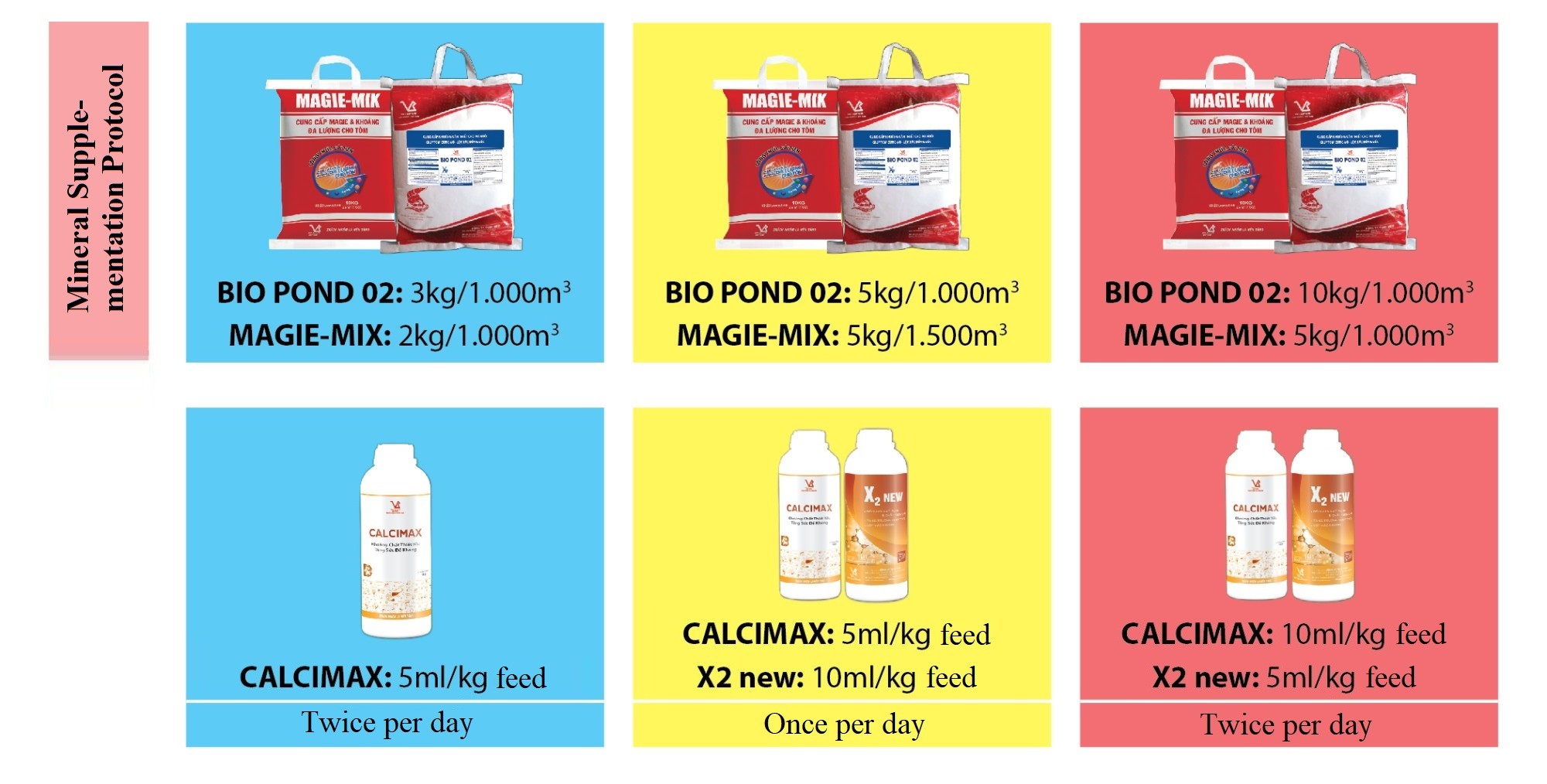
2. Treatment solutions for Black Spot Disease
Early detection—during incubation or early infection—provides the highest treatment success. Assess the infection level of the population before selecting the appropriate protocol.
a. Incubation stage
Treat newly formed yellow patches; infection rate <20% of population.
Solution:
-
Reduce feed by 30%.
-
Perform 20–30% water exchange before applying treatment.

b. Stage 2 (Moderate infection)
Shell erosion, reduced mucus, yellow fungal patches on body, reduced feeding.
Solution:
-
Reduce feed by 40%.
-
Perform 20–30% water exchange before applying treatment.

3. Stage 3 (Severe infection)
20% of shrimp show black spots, reduced feeding, shell sticking during molt, increased mortality, soft-shell floating, weak hepatopancreas and gut.
-
At this stage, shrimp are critically affected. Treatment success is very low, mortality is high.
-
Farmers should evaluate cost-benefit and economic feasibility before deciding to proceed with treatment.
Important Notes
-
Always perform shrimp health examination (check infection rate) before treatment.
-
During treatment, observe carefully—only trigger molting when the shell has recovered.
-
Avoid using lime, minerals, or molting triggers (heavy water exchange, vitamin applications) before shell recovery to prevent mass mortality.
Vibo Technical Department







